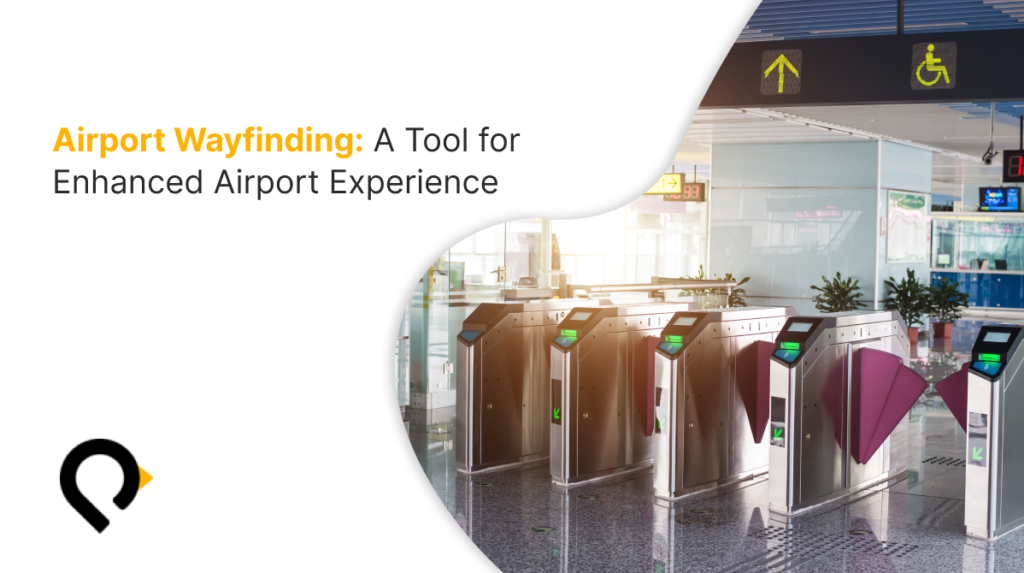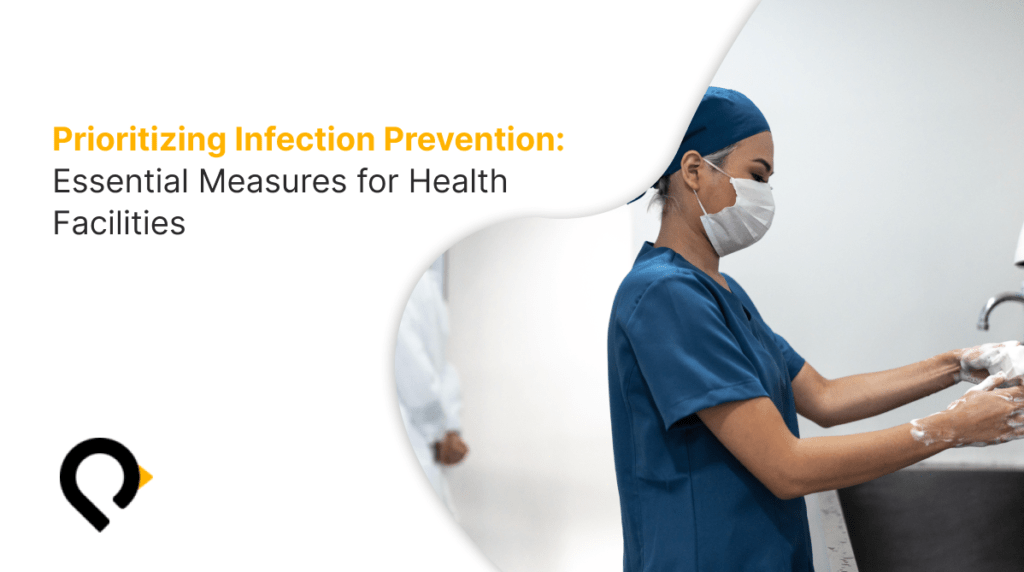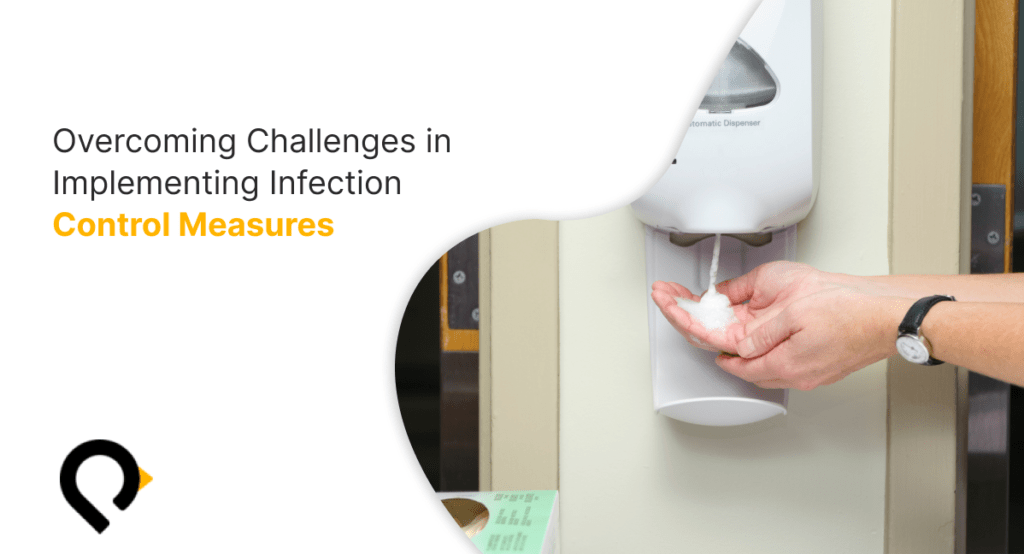
Why & How do Patients Choose a hospital?
Here’s a question for you: can you influence the patients’ choice of which hospital they attend to?
With the easily accessible medical and facility information online, patients are now more educated and informed about their choices and decisions. A 2017 UK study [1] has shown that convenient location continued to be a major influencing factor over hospital choice; however, other – perhaps less obvious – factors such as the number of beds and even parking spots are being viewed as a proxy for the level of service a hospital is likely to provide.
Information availability and patient freedom over healthcare provider choice drive private and public sectors to deliver a better overall patient experience. Albeit exciting from a patient perspective, it is challenging for operators to (1) identify areas of improvement which are rapidly and continuously evolving and (2) innovative and cost-effective ways to address these areas.
Creating key performance indicators (KPIs) for metrics that impact patient satisfaction and the corresponding tools to measure these KPIs should be a collaborative effort between the different departments. For example, IT managers who historically were responsible for the network and PC upkeep in hospitals, are now being asked to look after mobile applications and infrastructure specifically used to improve the patient experience.
In a 2018 survey [2] covering 1,000 healthcare consumers, it was found that the difficulty in finding one’s way around the hospital was worse of a challenge than poor communications from the doctor. A solution addressing wayfinding within a hospital can span facility, IT, and patient experience departments.
In a Harvard Business Review article [3], it was shown that even though the average charge for an outpatient emergency room trip was $1,900 in 2016 (twice the average monthly rent for Americans), Patients who arrived at EDs with broken bones waited a painful 54 minutes, on average, before receiving any pain medication! The authors argue that hospitals’ waiting times should be measured and benchmarked against the national average waiting time. Hospitals that exhibit shorter waiting times than the average should be financially rewarded, while underperforming hospitals should be penalized. Such an initiative would involve finance, staff, legal, and patient advocacy teams.
It is our opinion that factors impacting the choice of healthcare provider are evolving in the digital era. Identifying and measuring KPIs is a cross-functional team effort with the ultimate objective of improving the overall patient experience and outcome.
PenguinIN is a healthcare digital transformation solution provider with patient experience solutions including PenNav: a best-in-class indoor wayfinding solution and PenTrack: a solution for asset and people tracking. Through analytics and business rules, PenguinIN works with facility managers, IT managers and patient experience directors to identify and resolve pain points in healthcare settings.
To learn more about what can help you achieve a better patient experience, or to share more thoughts, please reach out to us at [email protected]
[1] Patient choice modelling: how do patients choose their hospitals? Available on: https://pubmed.ncbi.nlm.nih.gov/28401405/
[2] 2018 Hospital Patient Survey Conducted by Scorpion.Co. Available on: https://www.scorpion.co/hospitals/expert-tips/intelligence/hospital-patient-survey-how-do-patients-choose-t/
[3] Harvard Business Review: To Reduce Emergency Room Wait Times, Tie Them to Payments by Nicos Savva and Tolga Tezcan. Available on: https://hbr.org/2019/02/to-reduce-emergency-room-wait-times-tie-them-to-payments




